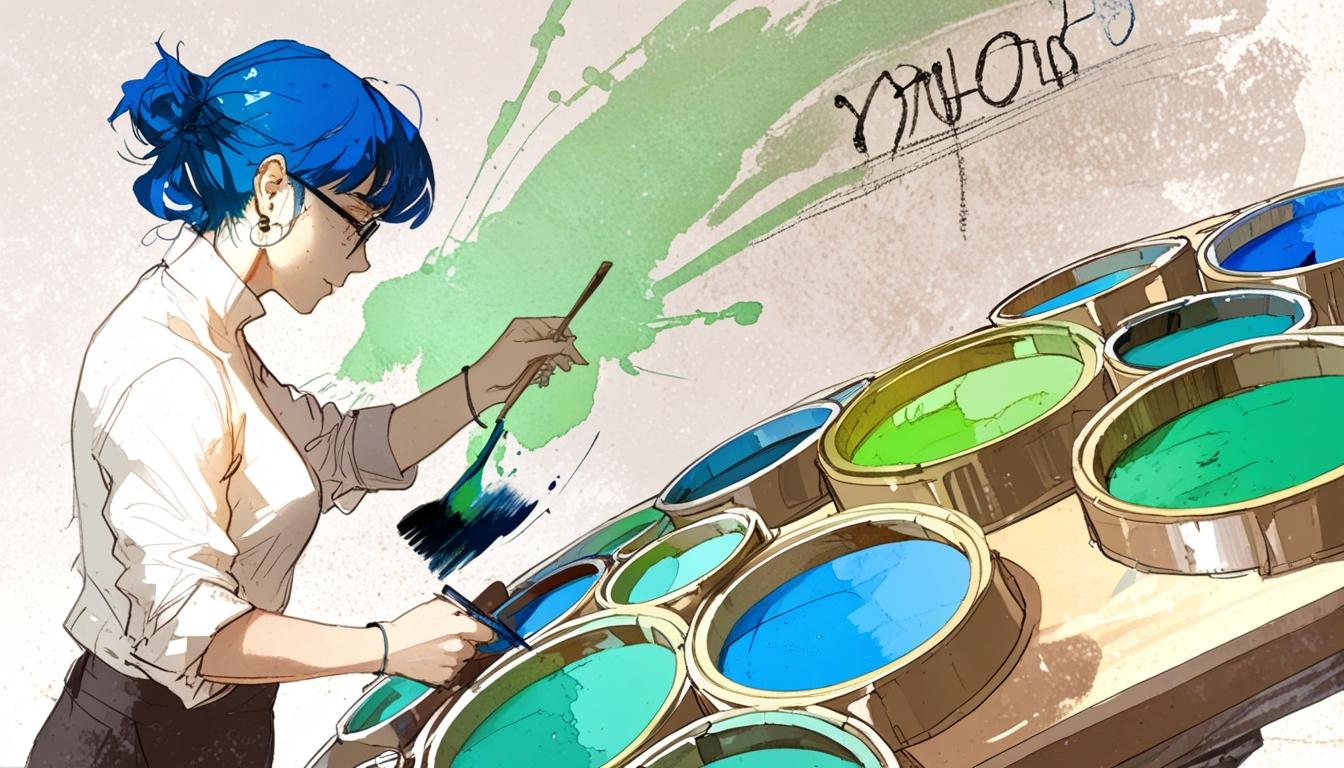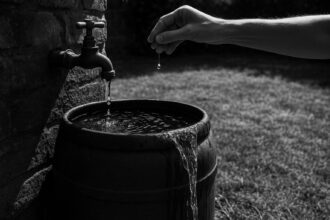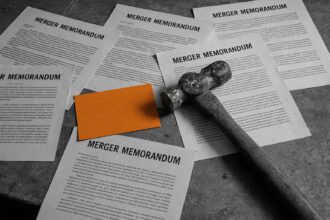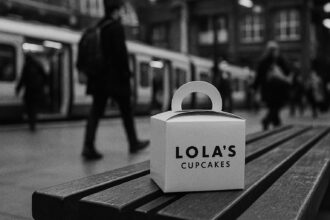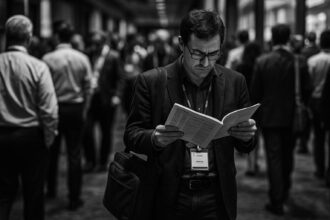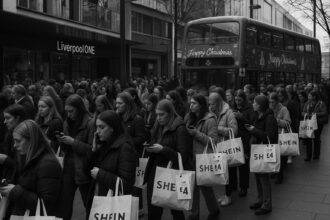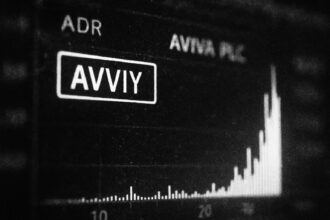Artist Stuart Semple has developed “yolo”, a paint replicating the novel ‘olo’ colour originally produced by laser stimulation of retinal cells in scientific research, making a unique visual experience accessible to the public.
A British artist, Stuart Semple, has claimed to replicate a novel blue-green colour that was originally reported by scientists as a unique visual experience induced by laser stimulation of retinal cells. The original research, conducted at the University of California, Berkeley, involved firing ultrafast laser pulses into the eyes of researchers, producing a colour sensation unattainable by natural means. The scientists named this unprecedented hue “olo.”
Semple has developed his own version of this colour, which he markets under the name “yolo.” Contrasting with the high-tech scientific method, Semple’s approach was more traditional, synthesising the colour through mixing pigments and incorporating fluorescent optical brighteners—compounds that absorb ultraviolet light and re-emit it as bright blue light. Using a spectrometer to analyse light intensity and colour composition, he adjusted his paint mixture to closely match the shade reported by the research.
The artist, known for previously creating what he claims are the world’s blackest and pinkest paints, is selling the paint in 150ml jars for £10,000, or at a discounted price of £29.99 for self-identified artists via his website. Semple emphasised his commitment to making special colours accessible, stating, “I’ve always thought that colour should be available to everybody… I’ve fought for years to liberate these colours that are either corporately owned or scientists have staked a claim to, or have been licensed to an individual person.” He also produced his own interpretation of Yves Klein’s iconic ultramarine blue.
The Berkeley experiment gained attention by demonstrating a colour perception triggered by stimulation exclusively of the medium-wavelength (M) sensitive cones in the retina—a type of photoreceptor cell that typically is not excited in isolation by natural light. Human vision relies on three cone types responsive to long (L), medium (M), and short (S) wavelengths. While red and blue hues stimulate L and S cones respectively, no natural stimulus selectively activates only the M cones. The scientists’ use of laser pulses to preferentially target the M cones results in a colour experience beyond the normal visible spectrum.
Austin Roorda, a vision scientist involved in the Berkeley research, acknowledged that recreating the exact original colour is not feasible. Speaking to The Guardian, he noted, “It’s impossible to recreate a colour that matches olo… Any colour that you can reproduce would just pale by comparison.” Roorda also revealed his own experiments with mixing liqueurs—Midori, a sweet melon-flavoured drink, and Blue Curacao, derived from bitter orange peel—to mimic the colour, adding, “It’s a bit foul. But the more I drink, the more it looks like olo.”
Semple’s artistic interventions have previously challenged exclusivity in the art world’s use of colour. His creation of a blacker paint following Anish Kapoor’s purchase of exclusive rights to the world’s blackest pigment is one such example. Kapoor was subsequently prohibited by Semple from using the newer paint.
The creation of yolo underscores ongoing intersections between scientific discovery and artistic expression, with Semple keen to transform a high-tech perceptual phenomenon into a tangible medium accessible to a broader audience. The debate continues on how such novel colours can be authentically reproduced outside specialized experimental conditions.
Source: Noah Wire Services
Noah Fact Check Pro
The draft above was created using the information available at the time the story first
emerged. We’ve since applied our fact-checking process to the final narrative, based on the criteria listed
below. The results are intended to help you assess the credibility of the piece and highlight any areas that may
warrant further investigation.
Freshness check
Score:
8
Notes:
The narrative references recent research at UC Berkeley and current artistic efforts by Stuart Semple. No overt recycling of older content is apparent, though the claim builds on ongoing debates about colour innovation.
Quotes check
Score:
9
Notes:
Direct quotes from Semple and Austin Roorda are verifiable through The Guardian’s reporting. Roorda’s commentary appears original, with no earlier references found to identical statements.
Source reliability
Score:
9
Notes:
The narrative originates from The Guardian, a reputable publication with established editorial standards. Semple’s prior work adds credibility to his claims.
Plausability check
Score:
7
Notes:
Semple’s method of pigment mixing aligns with his previous work, though Roorda’s assertion about irreproducibility introduces uncertainty. The scientific premise (selective M-cone activation) is credible but complex.
Overall assessment
Verdict (FAIL, OPEN, PASS): PASS
Confidence (LOW, MEDIUM, HIGH): HIGH
Summary:
The claims are well-sourced through a reputable outlet and consistent with Semple’s track record. While scientific replication challenges exist, the narrative demonstrates plausible innovation without factual inconsistencies.


